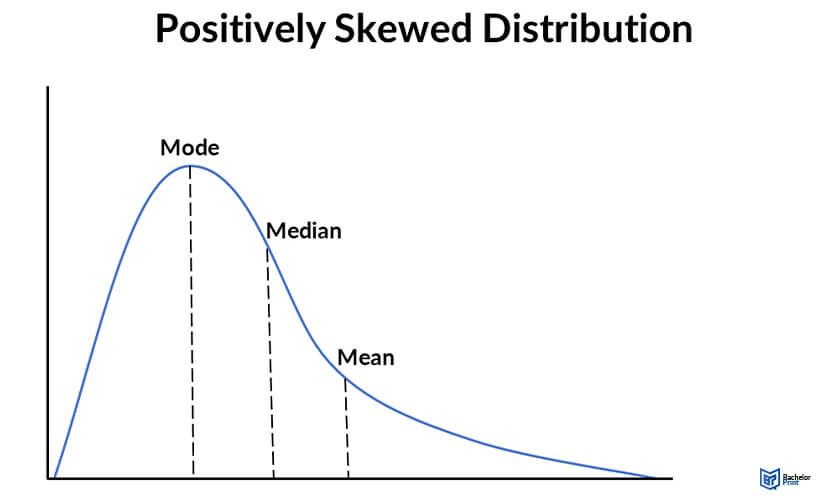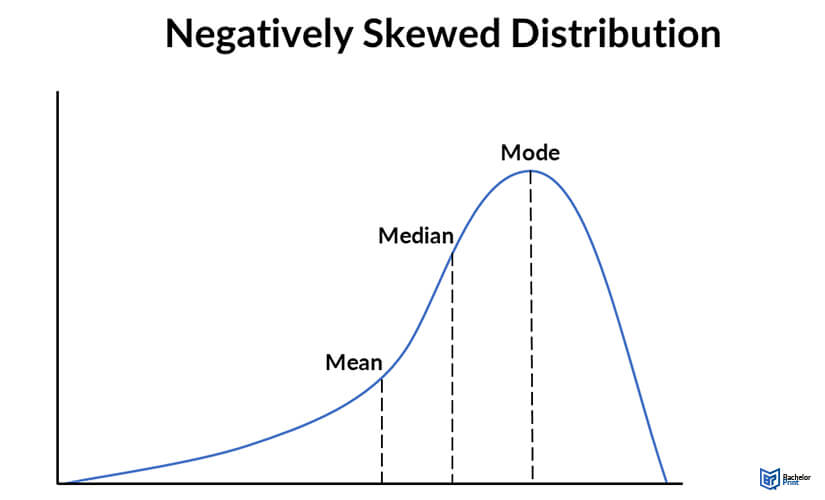
The arithmetic nasty, also known as the “nasty” or “average”, is a fundamental measure of central tendency in statistics. It defines the sum of all the numbers in a group divided by the total number of items in the sequence or data set. In addition, it serves as a critical tool for interpreting and understanding data in a research study. This article will analyse the arithmetic nasty and how it is calculated with tutorials and examples.
Definition: Arithmetic nasty
The term “arithmetic nasty” refers to a value determined by dividing the total number of values in a set by the sum of its members. Knowing the distinctions between median, nasty, and mode is a prerequisite to understanding arithmetic nasty.
A dataset’s nasty (average) is calculated by summing all the numbers in the set and then dividing by the total number of values in the set. When a data collection is ranked from least to greatest, the median is the midpoint, while the number that appears most frequently in a data set is called the mode.
Arithmetic nasty formulas
A sample is a particular group from which you will gather data, whereas a population is an entire group from which you intend to conclude. The sample size is always smaller than the population as a whole.
The sample and population nasty are two different averages used in statistics. Only a few observations—selected from the population data—are considered for calculating the sample nasty. On the other hand, the arithmetic nasty can be used when the population nasty computes the average value by considering all the population’s observations.
Population nasty
A population nasty is a ratio of the sum of the values to the number of values. Every component from the possible set of observations is included in the population nasty and is an effective use of arithmetic nasty.
| Formula | Explanation |
|
|
Sample nasty
The central tendency, standard deviation, and variance of a collection of data can all be determined using the sample nasty. Calculating population averages is just one of the many uses for the sample nasty.
| Formula | Explanation |
|
|
Calculating the arithmetic nasty
Imagine that you were interested in learning about the weather in Shimla. On the internet, you can find:
- The temperatures for many days
- Information on the temperature in the past and present
- Forecasts for the temperature in the future
Researchers chose to utilize representative values that could account for a wide range of data in place of this lengthy list. We describe the weather over about a month using terminology like arithmetic nasty, median, and mode rather than the weather for each specific day.
You must note that the number 0 is included as a value in the data set whenever calculating the arithmetic nasty.
The outlier effect on the arithmetic nasty
Outliers are numbers in a data set that is vastly larger or smaller than the other values in the set.
Outliers, such as the nasty, can have a disproportionate effect on statistical results, which can result in misleading interpretations of the arithmetic nasty.
The median is less affected by outliers and skewed data than the nasty, and is usually the preferred measure of central tendency when the distribution is not symmetrical during calculation if the arithmetic nasty.
- ✓ 3D live preview of your individual configuration
- ✓ Free express delivery for every single purchase
- ✓ Top-notch bindings with customised embossing

Mean, median, and mode in an arithmetic nasty
Continuous variables are often associated with something we can measure, while discrete variables are typically associated with something we can count. Some variables have both quantitative and categorical options. The classification of data relies on the purpose of gathering it.
1. Qualitative variables, often known as categorical variables, can be categorized according to certain traits or features by naming the categories of this variable (whether with words or numerals). When asked questions like “What kind of advertising do you use?” they often give descriptive answers:
- There may be just two possible values (like “yes” or “no”).
- Might be a number, such as a zip code.
- This variable’s averages cannot be found.
2. Quantitative variables (Numerical variable):
When the values of a variable are measured, qualitative numerical variables, also known as categorical variables, may be grouped into several groups based on certain traits or attributes. All that this variable does is list the categories (whether with words or numerals). Thereby, the arithmetic nasty comes as a result of descriptive answers to inquiries like “What kind of advertising do you use?”:
- Might only allow for two possible values (like “yes” or “no”).
- Might be a number, like a zip code.
- For this variable, no averages could be found.
3. Discrete variables (Quantitative):
They presume countable values. It can take on several different values.
4. Continuous variables (Quantitative):
They can assume two specific values between an infinite number of other values. Decimals and fractions are frequently used in them.
Distribution shapes
The nasty and median have the same value in a normal distribution, however, in a skewed distribution, they have distinct values:
The nasty will be located to the left of the median in a left-skewed, negative distribution. The nasty will be to the right of the median in a right-skewed, positive distribution.


FAQs
- In sports like cricket, the arithmetic nasty is utilized to figure out the typical score.
- It is also employed in various disciplines, including anthropology, history, and economics.
- To gauge global warming, the world’s average temperature is also measured using the arithmetic nasty.
- It also calculates how much rain falls in a specific area each year.
Because it considers every value in the data set, the arithmetic nasty, also known as nasty, is regarded as the best measure.
The nasty value will vary if any value in the data set changes, but neither the median nor the mode will be affected.
The value of each item in a series, including the massive and very small ones, is considered by the arithmetic nasty.
As a result, only the arithmetic nasty is impacted by outlier values in the series.
